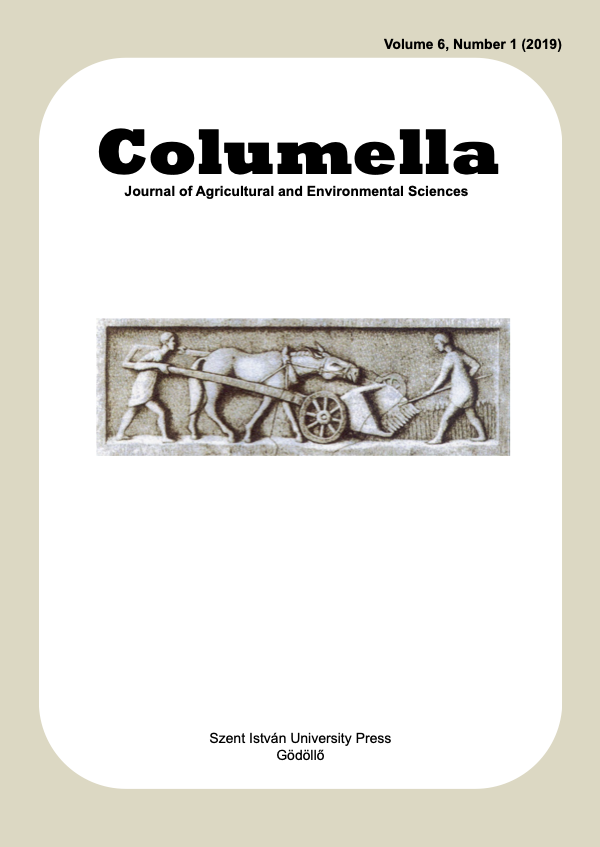A world alimentation chance estimate based on protein production of crop species
DOI:
https://doi.org/10.18380/SZIE.COLUM.2019.6.35Keywords:
alimentation, nutrient intake, protein productionAbstract
Food is any substance consumed to provide nutritional support for the body. It is usually of plant or animal origin, and contains essential nutrients, such as carbohydrates, fats, proteins, vitamins and minerals. The substance is ingested by an organism and assimilated by the organism’s cells in an effort to produce energy, maintain life, or stimulate growth. Food security means to provide food for anyone, recognizing the „right to an adequate standard of living, including adequate food”, as well as the „fundamental right to be free from hunger”.
The present paper provides information upon the results of research focusing on the protein production of some field crop species. An assessment study has been done at the Szent István University, Gödöllő to evaluate field crop species. Twelve field crop species (Sugar beet Beta vulgaris, spring and winter barley Hordeum vulgare, winter wheat Triticum aestivum, maize Zea mays, sunflower Helianthus annuus, peas Pisum sativum, potato Solanum tuberosum, alfalfa Medicago sativa, canola Brassica napus, rye Secale cereale and oats Avena sativa) were involved in the study.
The results obtained suggest that regarding their protein production field crop species could be sorted into three distinguished groups. Alfalfa, barley and peas were the most productive field crops and also the most economic considering the cost of protein yield. Most of the grain crops and oil seed crops formed a middle range with considerable protein formation but with highly variable costs. Spring barley was the only exception within this group since the species is dedicated basically to low protein formation patterns. The two tuber and root crops had low protein yields at high cost.
The final conclusion of the research is, that the rapidly increasing human population may have still reserves in cropland globally however crop species show some twofold differences in protein output while the price gap of that may be around 30 times wider.
Downloads
Published
Issue
Section
License
Copyright (c) 2019 Adnan Eser, Hajnalka Kató, Laura Czerődi Kempf, Ferenc H. Nyárai, Viola Kunos, Zsolt Szentpétery

This work is licensed under a Creative Commons Attribution-NonCommercial-NoDerivatives 4.0 International License.






